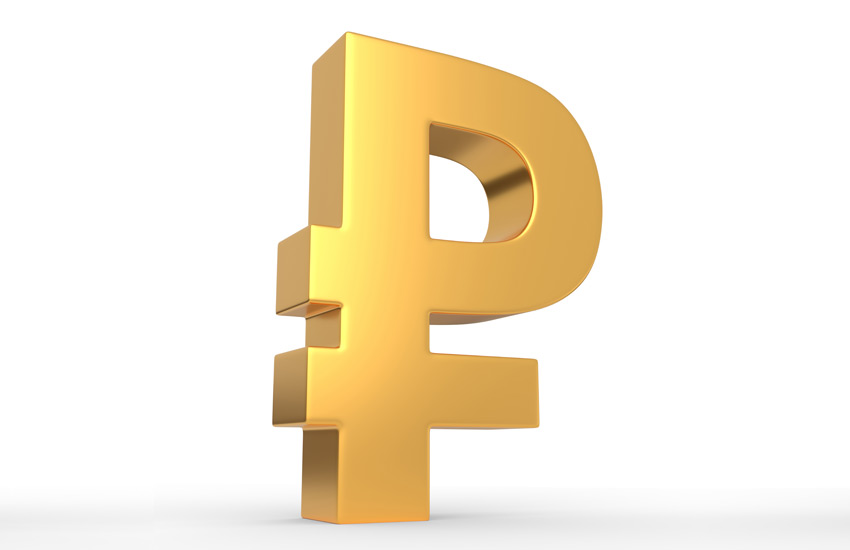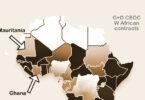Yesterday the Bank of Russia launched a pilot of a digital ruble central bank digital currency (CBDC) with a dozen banks, including the largest Sberbank, VTB, Gazprombank and Alfa Bank.
The central bank said the pilot aims to enable a seamless transition from one form of the ruble to another, so it wants to make sure the banks can adapt their systems.
Russia’s thinking is not always the same as other central banks, particularly when it comes to the digital ruble. The central bank Governor Elvira Nabiullina highlighted some noteworthy points during a BIS talk earlier this week. These issues, including concerns about creating even larger too-big-to-fail banks, could well be relevant to other countries.
“Digital technologies will have a profound effect on monetary systems. New types of money will appear,” said Nabiullina. “In order to prevent such problems as the fragmentation of monetary systems, and in the extreme, competition between private and public money, central banks need to both design appropriate regulation and build (the) necessary infrastructures.”
She recognized that many central banks are worried about big techs such as Facebook and Ant and the potential for global stablecoins to challenge monetary sovereignty. That’s not such an issue in Russia. However, Russia is concerned about the possibility for digital currencies to create far bigger banking monopolies than currently exist, which could crowd out competition.
Russia’s concern over bank concentration
Banks can build ecosystems around existing payment platforms and add additional features by using smart contracts. We previously reported on Sberbank’s blockchain settlement token platform.
If only the bank’s digital money can be used for payment, it can create a lockin. A strong bank can build additional comparative advantages by leveraging those existing network effects, leading to more deposits and a lower cost of funding. A second side effect is the ability to gather even more data on payments, enabling the bank to assess lending default risks better, creating greater competitive advantage.
The net effect may be for other competing banks to take bigger risks to keep up, creating financial stability risks and reducing competition.
However, we’d observe that Russia might be a little different from other countries given that its big banks, particularly Sberbank, are perhaps more technically advanced compared to other countries.
Nabiullina noted that many emerging economies struggle to balance the support of a national champion to address foreign competition versus creating an anticompetitive domestic situation. Antitrust laws might be the answer, but that could reduce some of the advantages of these ecosystems. And she noted that antitrust laws tend to be weak in emerging economies.
Instead, the aim is to require all of these ecosystems and networks to support a CBDC, thereby creating interoperability. She also wants to incentivize banks and big techs to create more open systems. Additionally, open banking helps create a level playing field.
How to address big techs is another matter. While faster, easier, cheaper CBDC transfers might help, Nabiullina is not convinced it is the complete answer. Again she believes these platforms should be required to accept a local CBDC and also issue stablecoins linked to local fiat currencies.







